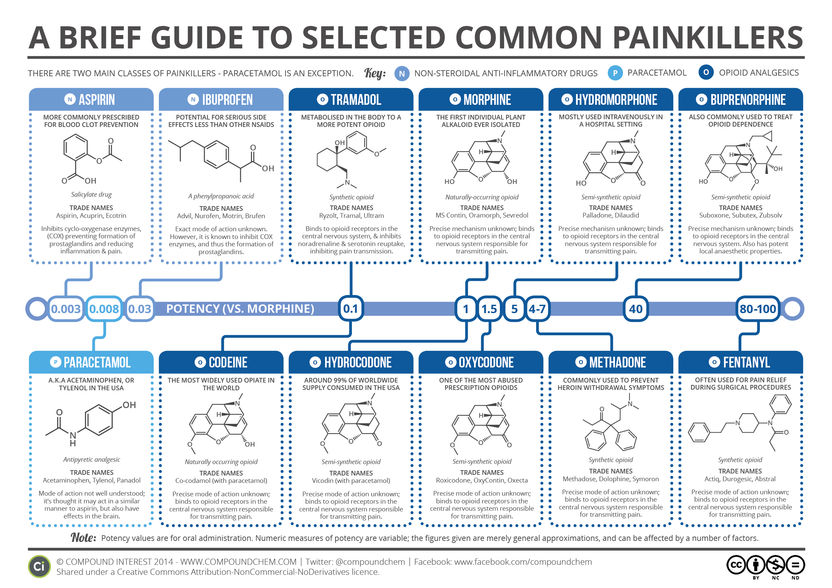Why asbestos is so dangerous
Long, pointed asbestos fibres induce chronic inflammation, which can lead to cancer. SNSF-funded researchers have found underlying mechanisms for this and hope their results will help prevent damage.

An arrow points to an asbestos fiber in the cell layer around the small intestine of a mouse (mesothelium). The fibres can lead to chronic inflammation and later on to cancer.
SNF
The fact that asbestos causes cancer has been largely undisputed for nearly 50 years. Now, researchers supported by the Swiss National Science Foundation (SNSF) have discovered why the fibres cause such damage to the body. "Chronic exposure to asbestos triggers a type of tissue repair," says Emanuela Felley-Bosco, who led the study. "The immune system goes out of balance and is no longer strong enough to combat tumour formation." The research is a collaboration between the University Hospitals of Zurich, Geneva and Toronto (Canada) as well as the University of Fribourg and ETH Zurich.
Micro-injuries lead to cell proliferation
Contrary to popular belief, asbestos doesn't cause lung cancer. Rather, it passes through the lungs into a cell layer that surrounds all internal organs (the mesothelium). However, the lymphatic system is unable to clear the long and pointed fibres. Consequently, they remain stuck in the mesothelium where they cause persistent tissue injury, which can lead to cancer. To investigate how organisms react, the researchers injected asbestos fibres into the abdominal cavity of mice, which also contains mesothelium tissue.
Although asbestos is chemically harmless, these micro-injuries trigger an immune reaction: inflammatory signals are sent out, mobilising white blood cells. Tissue repair signalling pathways are activated in the inflamed mesothelium, which tpromote cell proliferation and thereby favour the growth of tumours. Moreover, the team found an accumulation of mutations in RNA – a kind of working copy of DNA. The researchers hypothesise that, among other things, these mutations serve to attenuate the tissue repair immune response. As a result, tumour formation is no longer effectively combated and cancer can develop.
A similar mechanism is at work in humans: analysis of data from a gene bank revealed that tumours from patients with poor outcomes also produce large amounts of the enzyme that causes the mutations in the RNA.
Early recognition and immune therapy
"Previously, cancer caused by asbestos was a black box," says Felley-Bosco. Her team's findings will be useful in recognising early signs of inflammation and in developing a specific therapy against mesothelial cancer. "A therapy against immune system inhibitors is a promising approach," says Felley-Bosco. "Similar therapeutic approaches to treating mesothelial cancer are already being used today." A clinical study of immunotherapy at the advanced stage of the disease is also under way at five Swiss hospitals and ten other hospitals in the UK and Spain (see links).
The findings could also prove useful in understanding other types of cancer that can be caused by chronic inflammations such as ulcerative colitis, Crohn's disease and Helicobacter pylori infections.
Original publication
Hubert Rehrauer, Licun Wu, Walter Blum, Lazslo Pecze, Thomas Henzi, Véronique Serre-Beinier, Catherine Aquino, Bart Vrugt, Marc de Perrot, Beat Schwaller & Emanuela Felley-Bosco; "How asbestos drives the tissue towards tumors: YAP activation, macrophage and mesothelial precursor recruitment, RNA editing, and somatic mutations"; Oncogene; 2018
Original publication
Hubert Rehrauer, Licun Wu, Walter Blum, Lazslo Pecze, Thomas Henzi, Véronique Serre-Beinier, Catherine Aquino, Bart Vrugt, Marc de Perrot, Beat Schwaller & Emanuela Felley-Bosco; "How asbestos drives the tissue towards tumors: YAP activation, macrophage and mesothelial precursor recruitment, RNA editing, and somatic mutations"; Oncogene; 2018
Topics
Organizations
Other news from the department science

Get the life science industry in your inbox
By submitting this form you agree that LUMITOS AG will send you the newsletter(s) selected above by email. Your data will not be passed on to third parties. Your data will be stored and processed in accordance with our data protection regulations. LUMITOS may contact you by email for the purpose of advertising or market and opinion surveys. You can revoke your consent at any time without giving reasons to LUMITOS AG, Ernst-Augustin-Str. 2, 12489 Berlin, Germany or by e-mail at revoke@lumitos.com with effect for the future. In addition, each email contains a link to unsubscribe from the corresponding newsletter.
More news from our other portals
Last viewed contents

De-code of the crop - High-precision genome sequencing of buckwheat breeds hope for future harvests

Sniff, sniff. What did you say?

Discovery of world’s oldest DNA breaks record by one million years - Two-million-year-old DNA has been identified for the first time - opening a ‘game-changing’ new chapter in the history of evolution

Tiny gold radiators fry bacteria on implants
Swedish Orphan Biovitrum's Hemophilia A Therapy Receives European Commission Orphan Drug Designation



















































